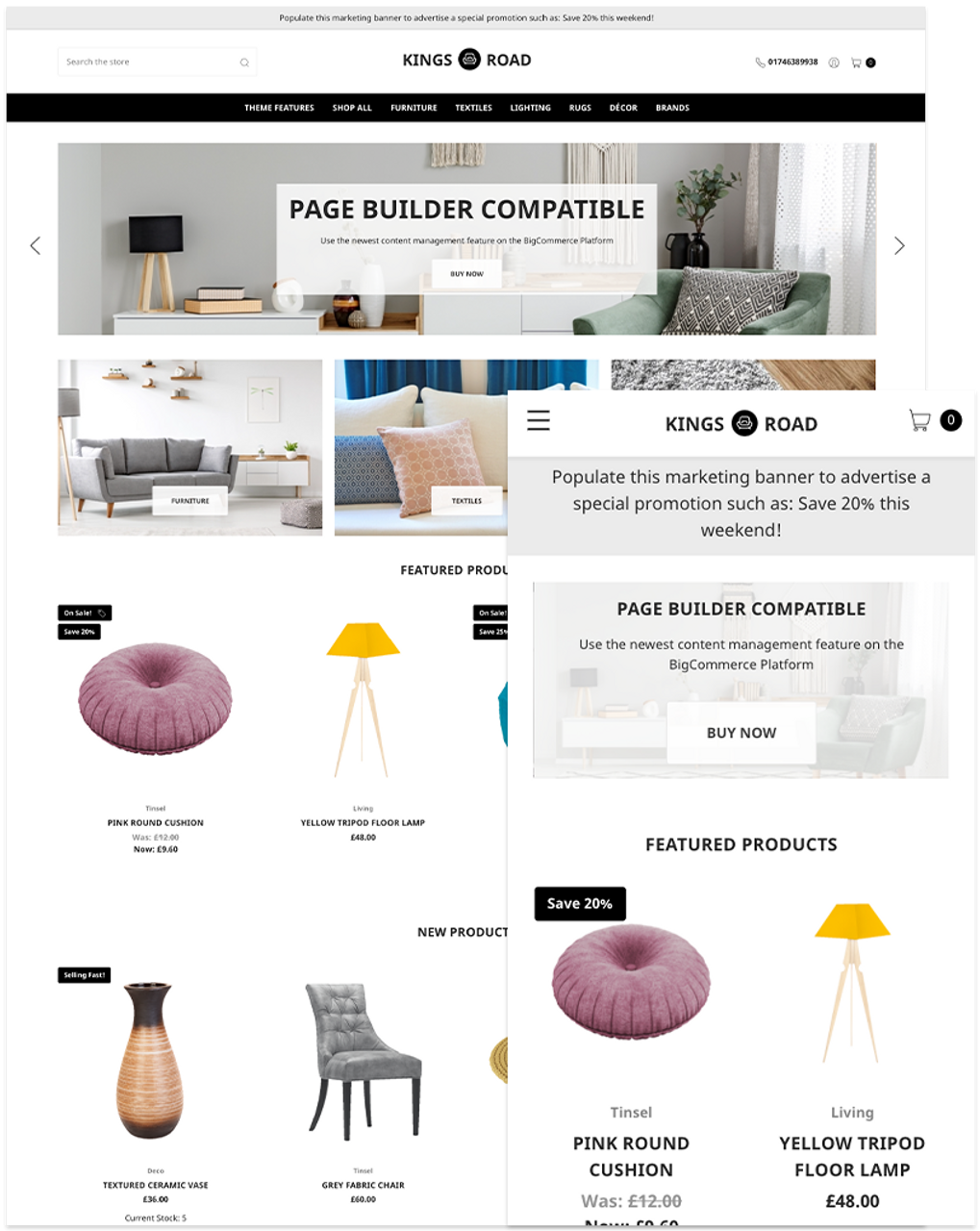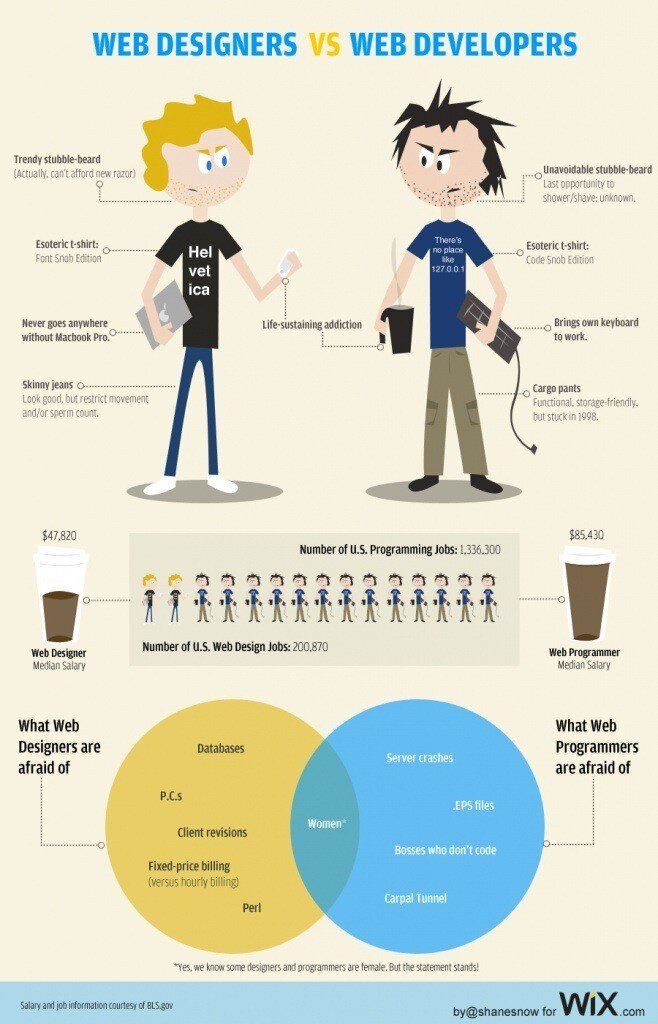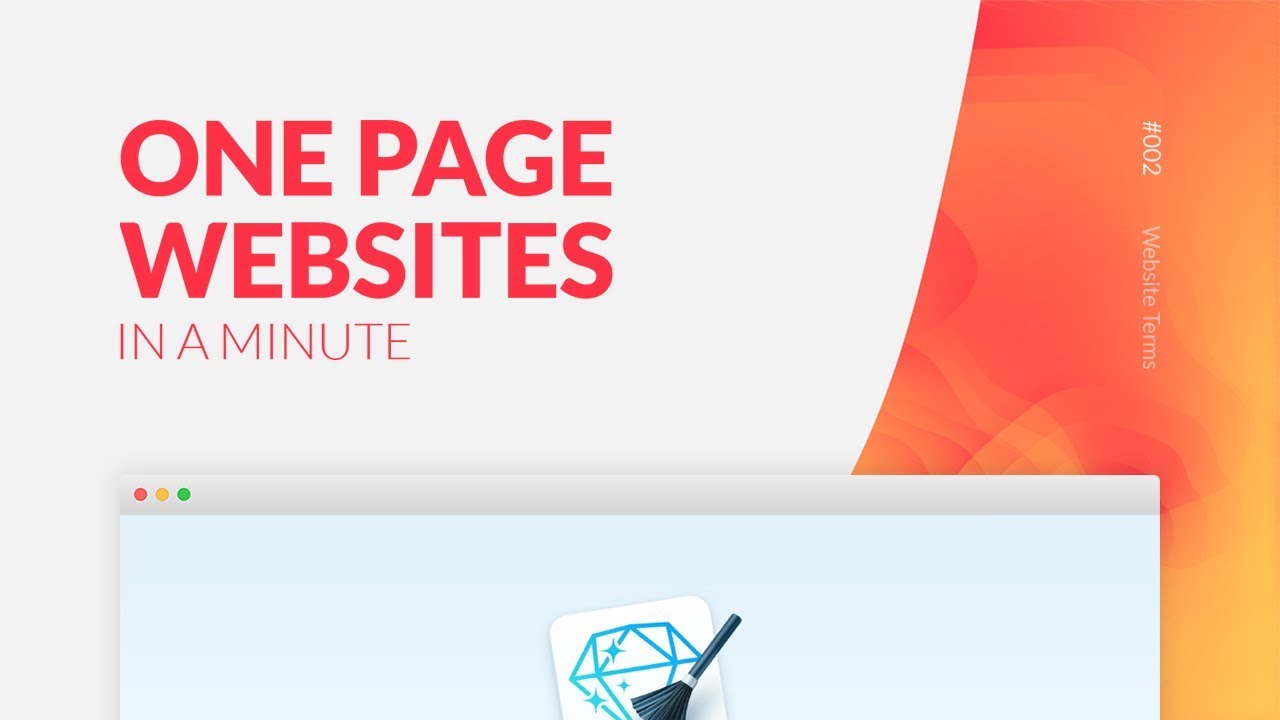
If you want to design a website with buttons, here are some tips to keep in mind. First, choose the right size and color for your button. The button's dimensions will influence the overall look and feel on your website. You can also alter the color of your button to match your brand colors. Visitors will understand what the button stands for. You can click on any button that is unclear if you aren't sure.
Create a website by using buttons
The placement of buttons is an important aspect of any website. A button that is poorly placed will simply end up confusing your visitors. Place your buttons at prominent places, such the header, bottom, or near the benefits/features section. For websites, you can get free templates that will make your buttons more visible and appealing. You should remember, however, that a button that isn't visible will cause confusion and discourage visitors.

Designing a Button
These are some principles to consider when designing a web button. The button must match the rest of your website elements, whether they are round or square. It should be visible so that people can easily spot it. It should have a consistent shape throughout the website's interface to create a harmonious aesthetic effect. There are some steps you can take to make your button more effective if you don't know where to start.
Size of a bouton
You can improve the user experience by examining the button size on a website. Depending on the WCAG Level, a large button could increase accessibility. Buttons should be at least 10mm wide to accommodate human fingers. Remember that users with low vision might not be able to reach larger buttons. The thumb rule is to use the size and shape of the user's fingertips. To compensate, you might increase the padding if the button is too small for your thumb.
The color of a button
How to make your buttons stand out on a website is key if you want to create a unique site. People tend to click on buttons that are bold and stand out more than ones that blend in. This article will cover the basics of web design, which will help you choose a color for your button. These are some tips that will make your buttons standout.

Useability of a button
It is important to consider several factors when designing buttons for websites. These include their visual weight, location, and size. Using the principles of least astonishment, designers should select elements with the lowest visual prominence. By doing this, designers minimize the possibility of errors and guide users to the desired outcome. Buttons are multistate objects. This is why it is essential to provide sufficient contrast between the primary action and secondary actions.
FAQ
Should I use WordPress, or a website builder
Start small to create a strong web presence. If you have the time or resources to create a complete site, do so. Start with a basic blog, even if your budget is limited. As you develop your website design skills, you can always add additional features.
It is essential that you have a primary domain name before you can start your first website. This will provide you with a point of reference when you publish content.
What is a website static?
You can host a static website anywhere you like Amazon S3, Google Cloud Storage and Windows Azure Blob storage. Rackspace Cloud Files, Rackspace Cloud Files. Dreamhost, Media Temple. You can also deploy a static website to any platform that supports PHP such as WordPress, Drupal Joomla! Magento PrestaShop and others.
Static websites are typically easier to maintain, as they don’t have to constantly send requests between servers. A static web page loads faster as there is no need to forward requests back and forth among servers. For these reasons, static web pages are often better for smaller companies that don't have the time or resources to manage a website properly.
What Should I Include in My Portfolio?
These things should make up your portfolio.
-
Example of your work.
-
Link to your website (if possible).
-
Link to your blog.
-
These links will take you to social media websites.
-
These links will take you to the online portfolios of designers.
-
Any awards you've received.
-
References.
-
Get samples of your works.
-
These are links showing you how to communicate effectively with clients.
-
You are willing to learn new technologies.
-
These are links that show your flexibility
-
Your personality is displayed in the links
-
Videos showing your skills.
Do I require technical skills to design or build my website?
No. You just need to be familiar with HTML and CSS. You can find tutorials online for HTML and CSS.
Can I create my own website with HTML & CSS?
Yes! If you've been following along so far, you should now understand how to start creating a website.
You now know how to build a website structure. Now you need to learn HTML and CSS coding.
HTML stands for HyperText Markup Language. Think of it like writing a recipe for a dish. It would include ingredients, instructions, as well as directions. HTML also tells a computer what parts of text should be bolded, underlined or italicized. It's the language that documents use.
CSS stands to represent Cascading Stylesheets. Think of it like a style sheet for recipes. Instead of listing each ingredient or instruction, you will write down the general rules for font sizes and spacing.
HTML tells the browser what HTML is and CSS tells it how.
Don't panic if either of these terms are confusing to you. Follow the tutorials and you will soon be creating beautiful websites.
Can I create my own website with HTML & CSS?
Yes, you can! Basic knowledge of web design and programming languages such as HTML (Hyper Text Markup Language), and CSS (Cascading Stil Sheets) is required. These languages allow you create websites that can be viewed by anyone with internet access.
Statistics
- Did you know videos can boost organic search traffic to your website by 157%? (wix.com)
- Is your web design optimized for mobile? Over 50% of internet users browse websites using a mobile device. (wix.com)
- In fact, according to Color Matters, a signature color can boost brand recognition by 80%. There's a lot of psychology behind people's perception of color, so it's important to understand how it's used with your industry. (websitebuilderexpert.com)
- It's estimated that in 2022, over 2.14 billion people will purchase goods and services online. (wix.com)
- It's estimated that chatbots could reduce this by 30%. Gone are the days when chatbots were mere gimmicks – now, they're becoming ever more essential to customer-facing services. (websitebuilderexpert.com)
External Links
How To
What is website hosting?
Website hosting refers simply to the place that people visit when they visit a website. There are two types:
-
Shared hosting – This is the most affordable option. Your website files reside on a server owned by someone else. Customers visiting your website send their queries over the Internet, to that server. The owner of the server then hands off the request to you.
-
Dedicated hosting - This is the most expensive option. Your website is located on only one server. Your traffic is private because no other websites have shared space on this server.
Because shared hosting is more affordable than dedicated hosting, most businesses opt for it. With shared hosting, the company that owns the server provides the resources needed to run your website.
Each option has its pros and cons. Here are some key differences between them.
Shared Hosting Pros:
-
Lower Cost
-
It's easy to set up
-
Frequent Updates
-
It is available on many Web Hosting Companies
Shared hosting is often as cheap as $10 per month. But keep in mind that this price usually includes bandwidth. Bandwidth is how much data you can transfer to the Internet. Even if you upload only photos to your blog you might still have to pay more for large amounts of data that you transfer through your account.
You will quickly see why you paid so much for your former host once you have started. Many shared hosts offer very little customer support. Although they will help you set up your site occasionally, you are on your own once you have done that.
Look for a provider who offers 24/7 phone support. They will assist you with any problems that may arise while you're sleeping.
Cons of dedicated hosting
-
More Expensive
-
Less is More
-
Requires specific skills
With dedicated hosting, all you need to maintain your website are provided. You won’t need to worry whether you have enough bandwidth or enough RAM (random address memory).
This means that upfront, you'll need to spend a bit more. Once you get started with your online business, you will find that you don't require much technical support. You will become an expert in managing your servers.
Which Is Better For My Business:
The answer will depend on the type and purpose of your website. If you're selling products only, shared hosting might work best. It's easy to set up and maintain. It's easy to set up and maintain, as you share a server with other sites. You will likely be updated frequently.
However, dedicated hosting can be a great option if you're looking to build a community around the brand. Instead of worrying about your traffic, you can build your brand while still being able to concentrate on your business.
Bluehost.com offers both. They offer unlimited monthly data transfers, 24/7 support, free domain name registration, and a 30-day money-back guarantee.